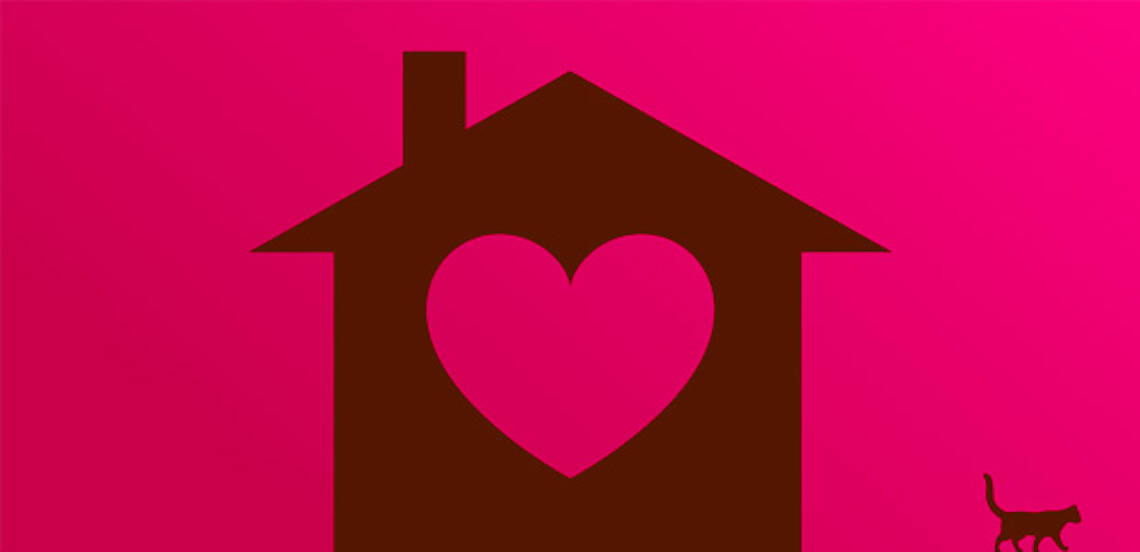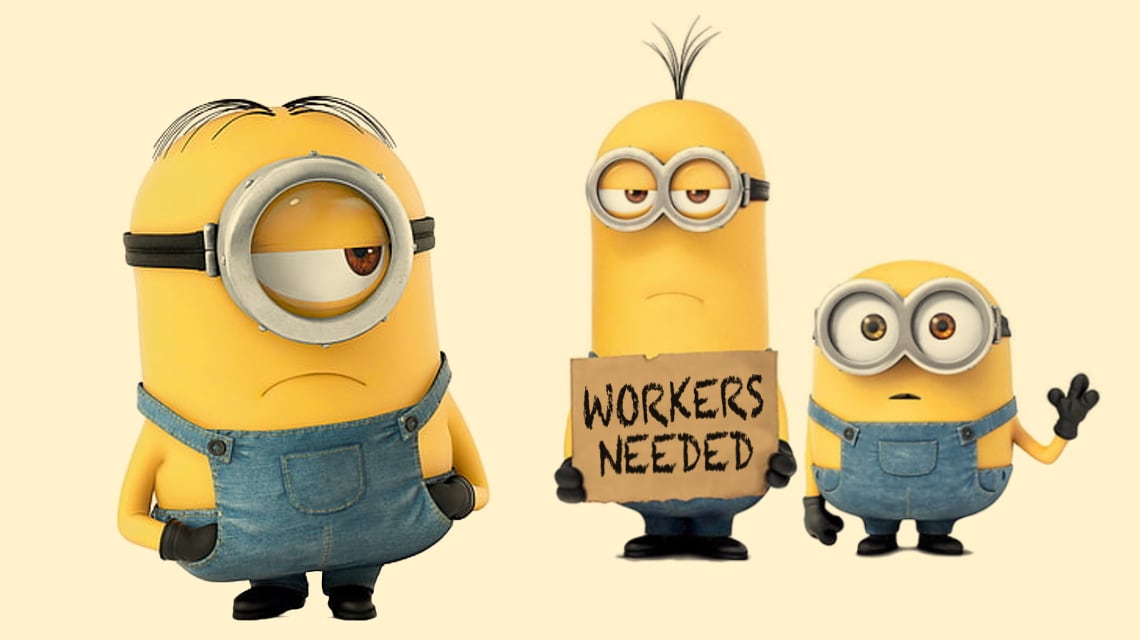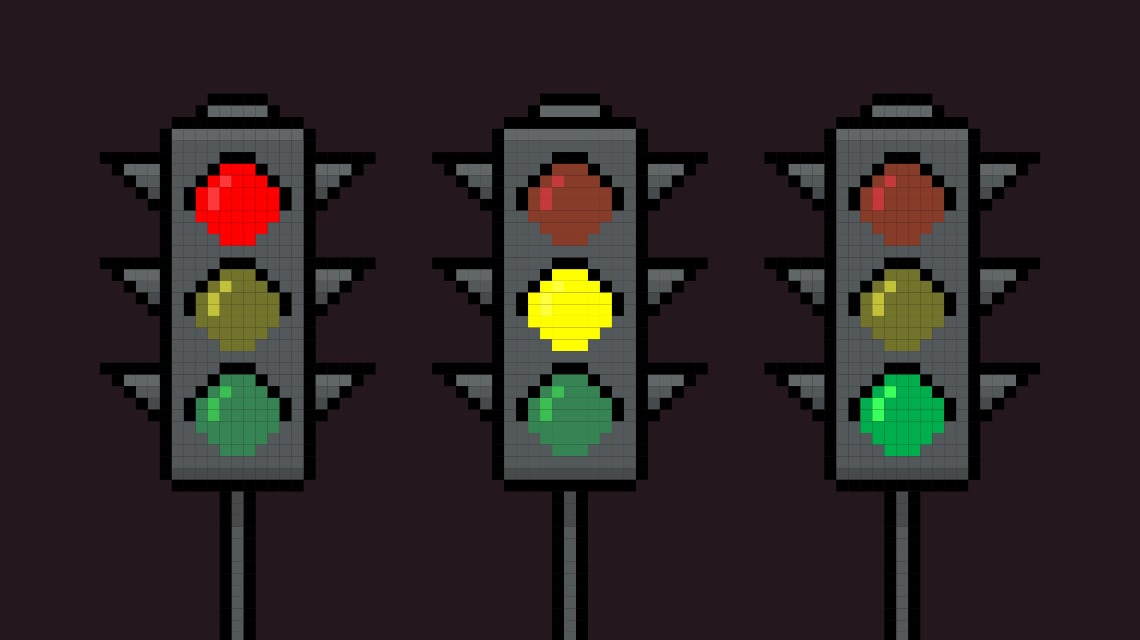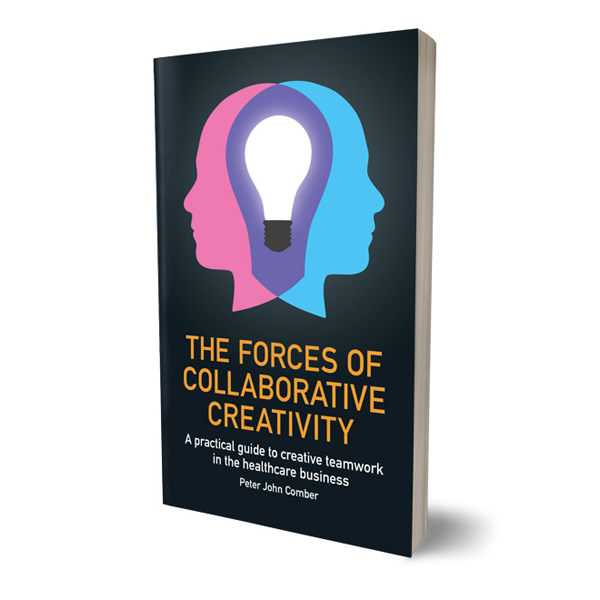FOF beats FOMO.
In a society that records and comments on almost every moment the Fear Of Failure (FOF) is winning against the Fear Of Missing Out (FOMO) and this will be increasingly significant for many brands.
Young American adults are spending more time at home than the generations before them - those aged 18-24 stay at home 70 per cent more than the general population. Analysis conducted at the Rochester Institute of Technology on a decade of American Time Use Surveys revealed that on average all Americans spent 8 days more at home in 2012 than in 2003.
In the UK, 791,600 more under 35-year-olds were living at home with their parents in 2015 than in 1998, according to an analysis by Civitas. Among 23-year-olds, 37 per cent lived with their parents in 1998, compared with 49 per cent in 2017.
In 2000, in the UK, the volume of beer sold in pubs and clubs was 25 million barrels, more than double the volume sold in supermarkets and off-licences. In 2017, the volume of beer sold in pubs and clubs was 13 million barrels and the volume sold in supermarkets and off-licences (15 million) had surpassed it.
These statistics are admittedly influenced by other factors; home-based work and study, the rising cost of home ownership and rent, a general reduction in the consumption of alcohol and many more. It’s also true that work is more precarious, demanding and badly paid. But being skint and knackered was never a problem for previous wild young things. These and other statistics support an undeniable fact - millennials are not going out into the world as much as previous generations of young adults did and why should they? The world (of their choosing) is coming to their home (on demand). Online shopping has taken the legwork out of buying most things. Video streaming services and high definition, smart televisions have made the quality and accessibility of home entertainment very appealing. Social media has eliminated the necessity to actually meet people to socialise with them. Dating apps have reduced the need to go out to find a partner for casual sex or a mate for life.
Going out has always been unpredictable, only occasionally delivering immense gratification - a life-defining adventure, a profound encounter - while often being exhausting, disappointing, costly and forgettable. Traditionally young adults have been more adventurous and reckless. Convenience and reliability were the domains of the settled, older generations. All this has changed. The current youth invented and embodies the concept of ‘life hacks’ (a strategy or technique adopted in order to manage one's time and daily activities in a more efficient way). They optimise their lives and are seemingly wise beyond their years, quite the opposite of Steve Jobs advice to, “stay foolish”. Because the problem with foolishness today is that it is recorded and commented. Archived for future review. Tonight’s silliness becomes tomorrows public embarrassment and years from now a blemish on your character that potential employers will frown upon. The FOMO on what’s happening tonight is strangled by the FOMO in the future and consequently FOF triumphs. The latest Facebook pivot, towards a more privacy and security driven platform, is interesting in this regard.
There are ample opportunities for brands that augment the stay-at-home lifestyle. Alcohol delivery startups, for example Thirstie, Drizly, Tipsy or Saucey, an alcohol courier app, active in California and Chicago, that also delivers cigarettes, ice cream, and Doritos, in 30 minutes or less. In New York, another startup called Minibar provides a similar service. More time at home also means investing more on the interior of the home, luxury mattresses, bed linen, couches and more can enhance night-in. The idea being: staying at home can be an experience. Any brand that can invent or present a solution that makes staying at home rewarding or even glamorous will find fertile terrain. Surely publishing can benefit - if curling up at home is the objective, a book is the classic companion and a temporary antidote to Netflix binging. Entertaining at home is a variation on staying in and there are multiple opportunities for brands that facilitate it. Healthcare brands also should take note, staying in is synonymous with a sedentary lifestyle and all that entails - a market awaits solutions… at home.
Even if staying home is the new going out, presumably there will always be some level of non-home-based entertainment and socialisation. Historically, of course, Las Vegas with, “what happens here stays here” anticipated the trend and the recent popularity of the speakeasy could also be connected to a desire for privacy as well as exclusivity. There are interesting opportunities for brands that promise discretion. Imagine bars where you have to check your smartphone at the door or restaurants with tables separated by curtains. Think of apparel and makeup that makes a person difficult to identify or somehow messes with smartphone video sensors (until you want to take a selfie, of course).
But ultimately I hope there will also be a resurgence of asking for and receiving forgiveness, an common understanding that a mixture of inexperience, exuberance and hormones make young adults prone to bad decisions and that, within reason, these are just part of growing up.





